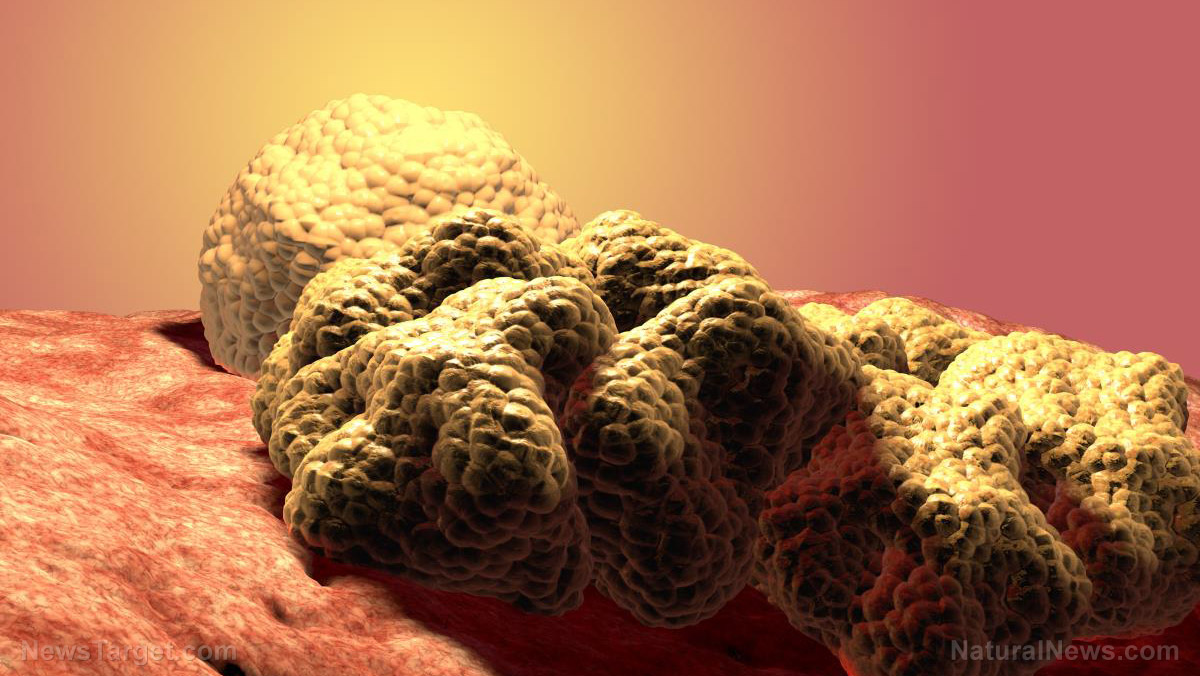The powerful antioxidant and anti-cancer effects of arid region honey
07/22/2018 // Ralph Flores // Views
Tags: anti-cancer, anti-inflammatory, antioxidants, arid region honey, cancer prevention, chronic diseases, goodfood, goodhealth, goodmedicine, goodscience, healing foods, herbal medicine, Herbs, honey, natural cures, natural health, natural medicine, natural remedies, remedies, research, superfood

- Researchers tested in vitro both monofloral and heterofloral types of honey from arid and non-arid regions.
- The following were conducted to determine certain physicochemical properties of honey: hemolysis assay (to determine erythrocyte membrane protection effect), PC-3 prostate cancer cells and PBMC (to measure interleukin 6 and nitric oxide levels), and 24-hour incubations (to test PC-3 cell viability).
- Honey varieties from arid regions showed better erythrocyte membrane protection effect – with H4 samples reaching 1.3 (± 0.042) micromol Trolox Equivalents per gram of dry matter (mMTE/g), as well as H2 samples measuring 1.122 ± 0.018mMTE/g.
- MDA (malondialdehyde) levels were reduced in arid region honey, as well as cell population in PC-3 after a 24-hour incubation with honey.
- Interleukin 6 (IL-6) was also reduced by honey varieties, and nitric oxide levels moderately increased in both cultures.
The findings suggest that arid region honey possesses potent antioxidant activity, as well as potential anti-inflammatory properties.
Read the full study at this link.
Learn more about the benefits of honey at Food.news.
Journal Reference:
Hilary S, Habib H, Souka U, Ibrahim W, Platat C. BIOACTIVITY OF ARID REGION HONEY: AN IN VITRO STUDY. BMC Complementary and Alternative Medicine. 29 March 2017;17(177). DOI: 10.1186/s12906-017-1664-9
Related Topics
anti-cancer anti-inflammatory antioxidants arid region honey cancer prevention chronic diseases goodfood goodhealth goodmedicine goodscience healing foods herbal medicine Herbs honey natural cures natural health natural medicine natural remedies remedies research superfoodLatest News
Related News
09/27/2023 / By Evangelyn Rodriguez
09/03/2023 / By Olivia Cook
05/24/2023 / By Evangelyn Rodriguez
05/10/2023 / By Olivia Cook
04/19/2023 / By Olivia Cook
Take Action:
Support Natural News by linking to this article from your website.
Permalink to this article:
Copy
Embed article link:
Copy
Reprinting this article:
Non-commercial use is permitted with credit to NaturalNews.com (including a clickable link).
Please contact us for more information.
Please contact us for more information.






















